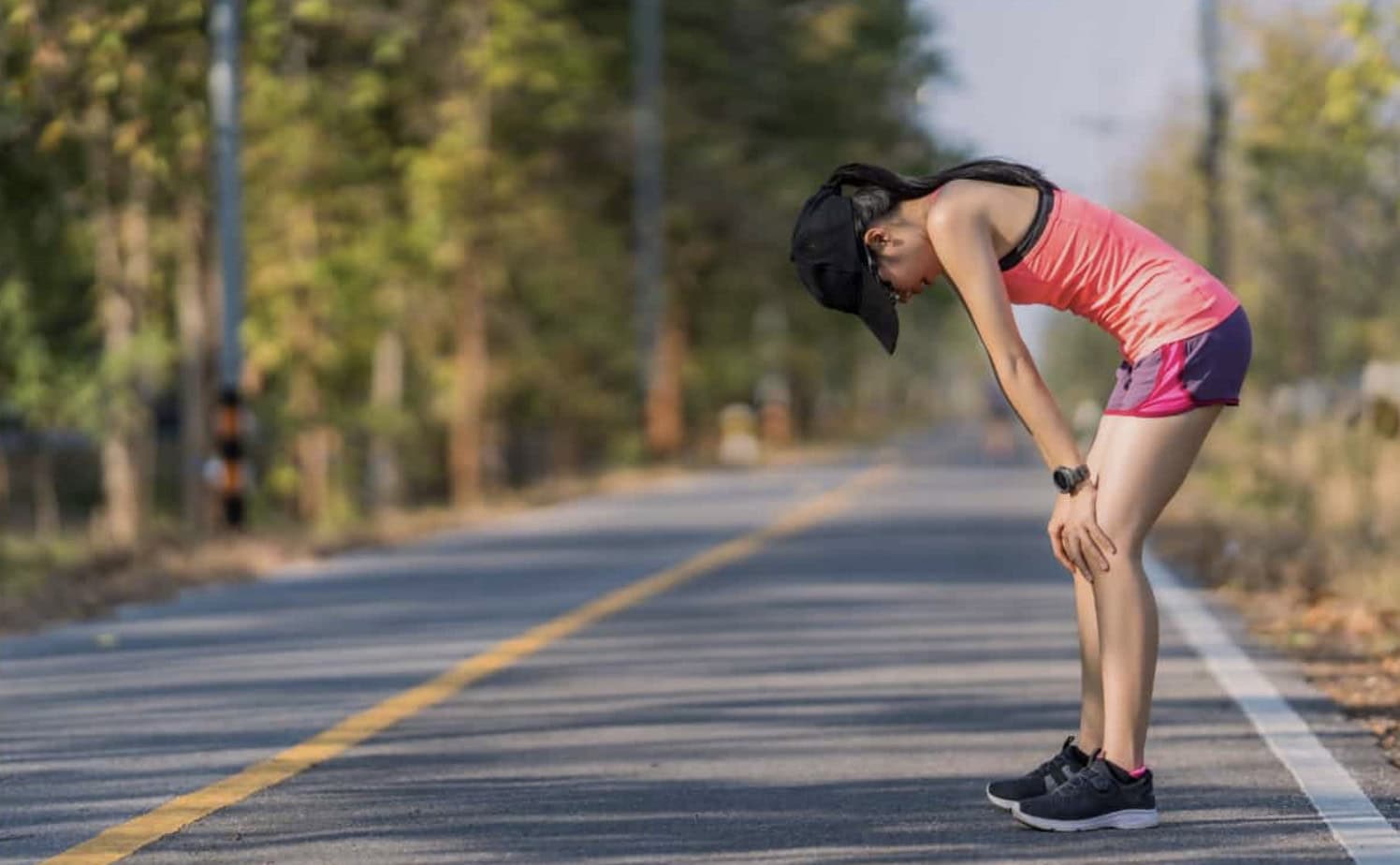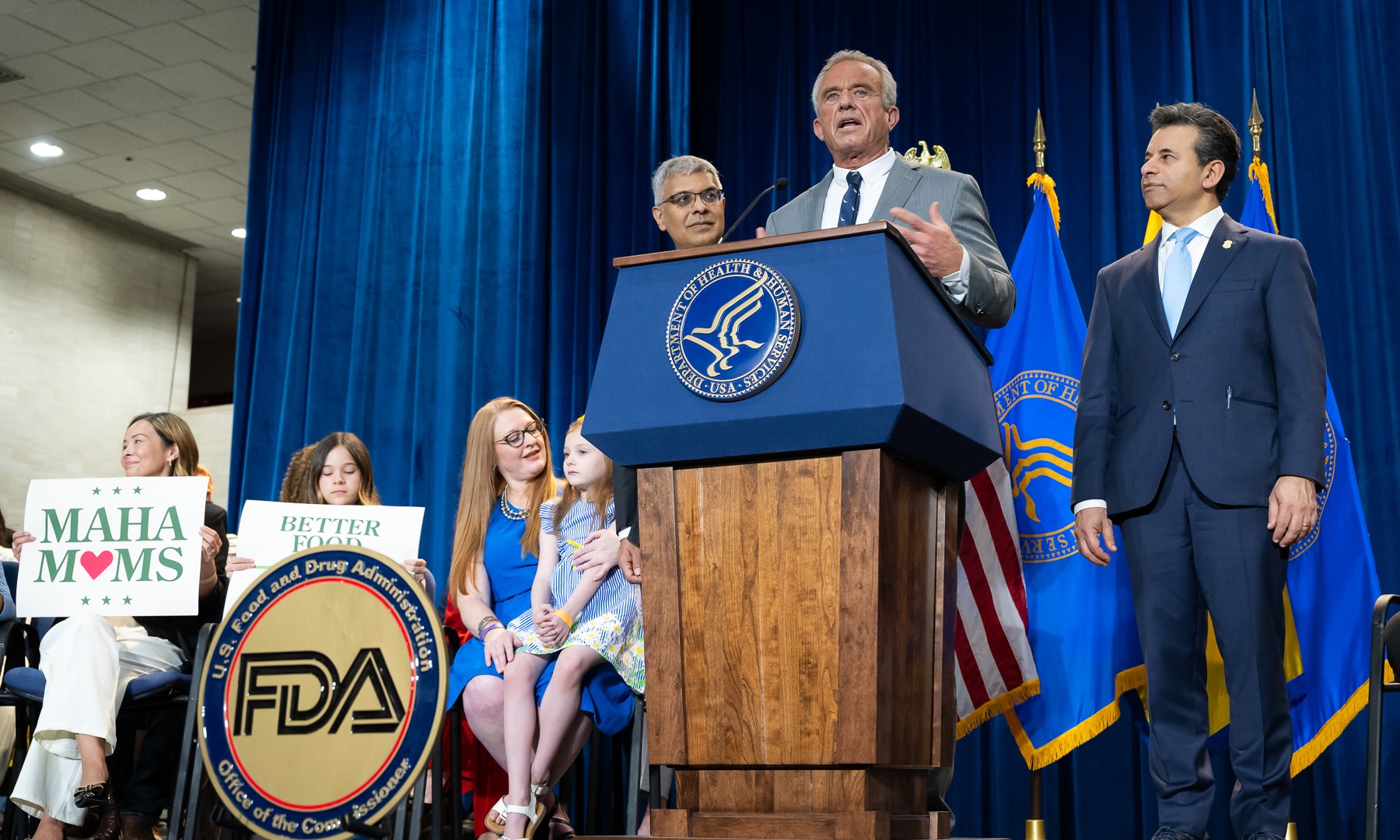Walking is often viewed as one of the simplest and most accessible forms of physical activity. But beyond just the number of steps taken each day, the speed—or cadence—at which a person walks can have a significant impact on their overall mobility and physical function. By intentionally increasing walking cadence, many individuals may experience noticeable improvements in balance, coordination, and ease of movement, especially as they age or recover from injury.
Cadence, described as the count of steps per minute, acts as a valuable measure of walking intensity. Although a slow pace might provide certain cardiovascular advantages, moving at a faster tempo generally stimulates more muscle groups, tests balance, and involves the body’s systems in manners that promote better and more effective movement habits.
For seniors, moving at a quicker walking speed can be an essential indicator of their functional well-being. Research continually reveals that the speed and frequency of steps are associated with improved autonomy and a lower risk of falling. A sluggish or erratic walking pattern might suggest potential problems with muscular strength, movement coordination, or nerve function. Conversely, individuals who maintain a brisk pace generally exhibit enhanced overall movement and are more likely to preserve their physical capabilities as time progresses.
Training the body to walk at a quicker pace can be a simple yet effective strategy. It doesn’t require specialized equipment or intense gym sessions—just a conscious effort to increase step frequency during regular walks. For example, using music with a specific beats-per-minute (BPM) tempo can help set a consistent rhythm, prompting the body to adjust to a faster pattern naturally. Even modest increases in cadence, such as moving from 90 to 110 steps per minute, can yield noticeable benefits over time.
The benefits of stepping up your pace go further than just movement. Speedier walking improves heart health, increases energy, and might help with weight control. It supports better posture, involves the core and leg muscles more actively, and can also enhance cognitive abilities. These elements all lead to a more dynamic and robust way of living, which is especially crucial during middle age and later years.
Cadence training can be adapted to suit different needs and abilities. For someone recovering from surgery or dealing with a chronic condition like arthritis, small increases in pace can help rebuild strength and coordination without placing undue stress on joints. For athletes or those pursuing higher levels of fitness, interval walking—alternating between slow and fast cadences—can add variety and challenge to a daily routine.
One of the key benefits of focusing on cadence is that it provides an objective, trackable metric for progress. Unlike subjective measures like perceived exertion, cadence can be measured precisely using pedometers, smartwatches, or mobile fitness apps. Over time, individuals can observe how their step count per minute evolves, offering both motivation and insight into their physical health.
It is important to mention that the rhythm of walking is linked to the length of steps and the stance. A slow tempo usually causes shorter steps and less effective movement mechanics. Conversely, moving quickly generally promotes longer, more deliberate steps and an upright stance, both of which help achieve smoother and more assured movement. These small biomechanical adjustments accumulate, minimizing the likelihood of stiffness, joint discomfort, or instability as time progresses.
Beyond the physical aspects, walking at a faster cadence may also influence mental well-being. Physical activity, particularly when performed outdoors, is associated with reduced symptoms of anxiety and depression. The rhythmic nature of a brisk walk can have a meditative quality, helping to clear the mind and improve mood. Combined with the physiological benefits, this makes faster walking a powerful tool for holistic health.
To get started, individuals can begin by setting small, achievable goals. Walking for 10 to 15 minutes at a brisk pace a few times a day can build momentum. Gradually, as cadence increases, the body adapts to the new rhythm, building strength, endurance, and stability. Over time, this can translate into noticeable gains in mobility—such as the ability to walk longer distances, climb stairs with less effort, or navigate uneven terrain more confidently.
For those who already walk regularly, simply being more mindful of pace can elevate the benefits of their routine. Rather than focusing solely on total steps or distance, incorporating cadence as a performance marker adds a new layer of depth to fitness tracking. This approach helps shift the emphasis from quantity to quality, highlighting how well a person moves rather than just how far.
Healthcare professionals are also increasingly encouraging patients to pay attention to walking cadence as part of broader physical therapy or wellness plans. In clinical settings, gait analysis is used not only to diagnose mobility challenges but also to monitor progress in rehabilitation. By integrating cadence into daily life, patients can reinforce the improvements made in therapy and continue advancing their functional goals independently.
Increasing walking cadence is a practical, low-cost strategy for enhancing physical mobility across all stages of life. It supports better movement efficiency, promotes cardiovascular and mental health, and empowers individuals to take an active role in their well-being. Whether someone is seeking to regain strength after injury, maintain vitality in later years, or simply optimize their daily walk, stepping up the pace can make a meaningful difference.




